DJI Avata 2 review – FPV flight has never felt more immersive
DJI Avata 2: two minute review
FPV (first person view) drone flight has taken the world by storm. Something that started more than 15 years ago as very much an underground hobby requiring ingenious and determined pilots to source parts, and build and repair their own drones, has now well and truly established itself as a mainstream pursuit that’s available to more people than ever before – and that’s thanks in no small part to market leader DJI.
What DJI offers is a straight-out-of-the-box solution for those who want to fly drones using immersive FPV goggles (and therefore see what the drone ‘sees’) without the difficulty and steep learning curve of flying traditional self-built FPV drones.
Once you buy the Avata 2 you can then decide how easy or difficult you would like it to be. At the novice end of the scale, you can fly easily and stress-free in Normal mode, using the intuitive DJI Motion Controller 3 and all the built-in assistance DJI provides including automatic takeoff, obstacle avoidance sensors, and automatic return to home. This means anyone, regardless of prior experience, can enjoy the thrill of immersive flight while capturing photos or video – although really, FPV is more about the flight experience and videography.
If you feel more confident you can switch to Sport mode, which allows for more speed and control. Finally, you can opt to disable all flight-assistance features, and fly in full manual using the DJI Remote Controller 3 – but beware, this is not for the faint-hearted and, and unless you put in sufficient practice hours first in a simulator you’re without doubt going to crash and damage your new Avata 2, which is not built to withstand multiple heavy collisions.
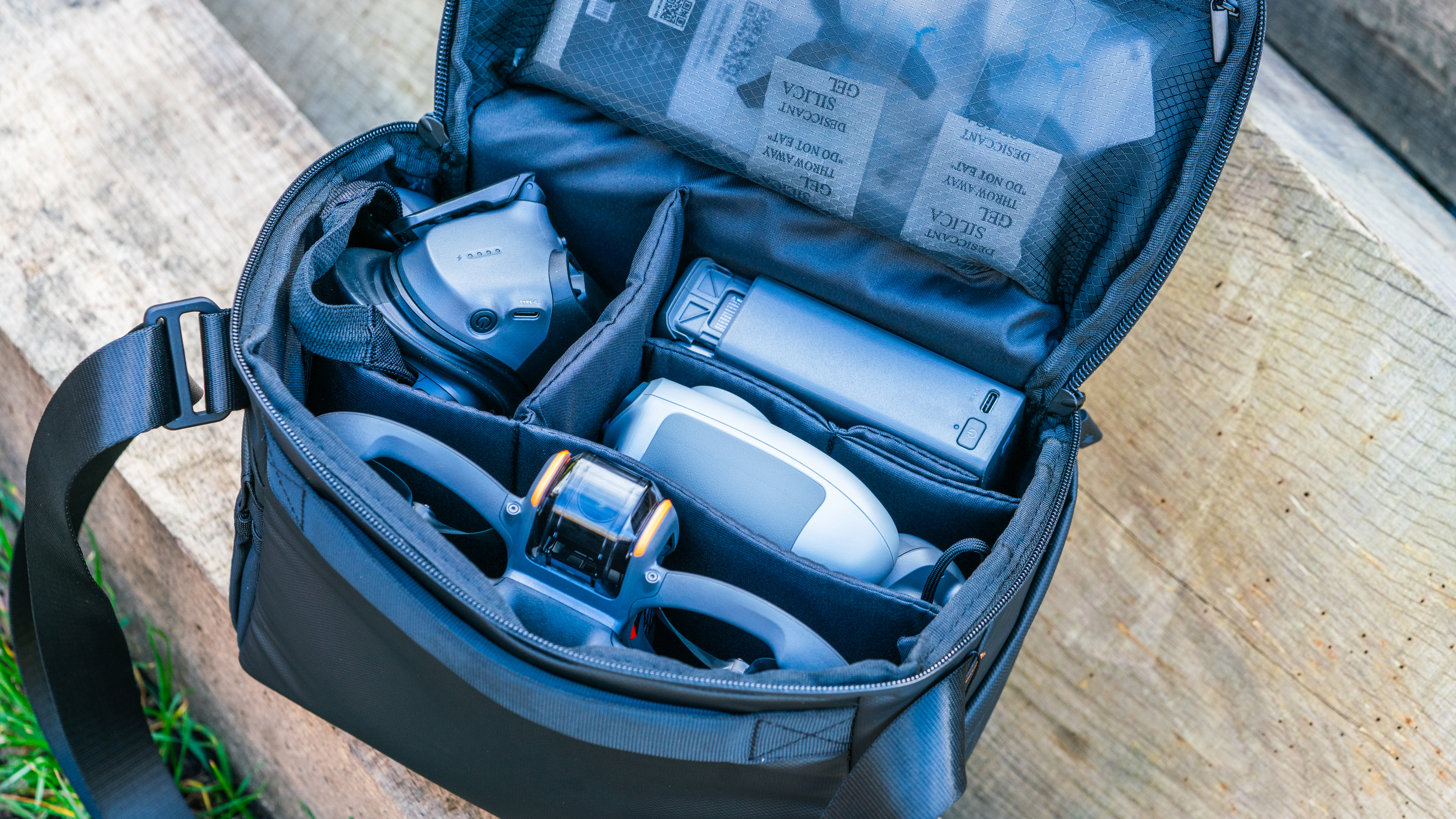
DJI Avata 2: Release date and price
- Available from April 11 2024
- DJI Avata 2 Fly More Combo start at $999 / £879 / AU$1,499
- DJI FPV Controller 3 sold separately at $199 / £139
The DJI Avata 2 is DJI’s third FPV-focused drone. It was announced on April 11 2024, with immediate availability from the DJI website. It’s the successor to the Avata, which was released back in August 2022, and the DJI FPV launched in March 2021. It’s available as the Fly More Combo with one battery for $999 / £879 / $1,499, or with three batteries for $1,199 / £1,049 / AU$1,839. The Fly More Combo includes the drone, the new DJI Goggles 3, and the new DJI Motion Controller 3, with everything fitting neatly into the well designed included black bag.
If you prefer to fly using a gaming-stye controller, the DJI Remote Controller 3 is available for $199 / £139 / AU$229. It appears to be the same design as the DJI Remote Controller 2, except that the previously foldable antenna is now encased within the controller.
The DJI Avata 2 Fly More Combo is reasonably priced considering what’s included in the package – notably the Goggles 3, which, paired with the O4 camera and transmission, result in excellent image quality with a far better dynamic range than the Avata, the DJI FPV, or the O3 Air Unit that’s commonly used on self-built quadcopters. Shadows contain more detail, and are better balanced with the highlights. Fly More combos come with one or three additional batteries, a carry bag, a charging hub and other useful accessories, and offer value if you see yourself requiring extra batteries anyway.
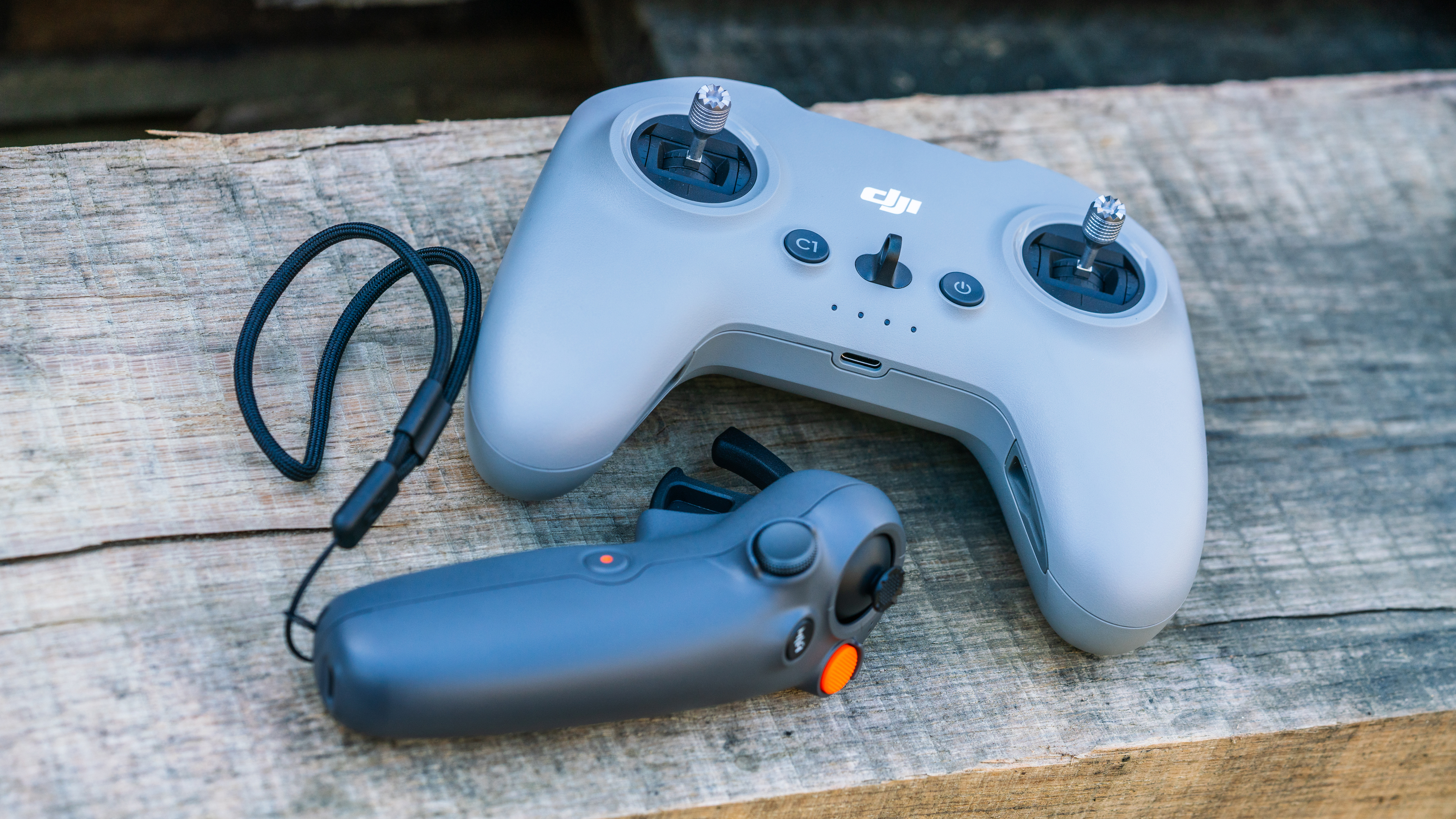
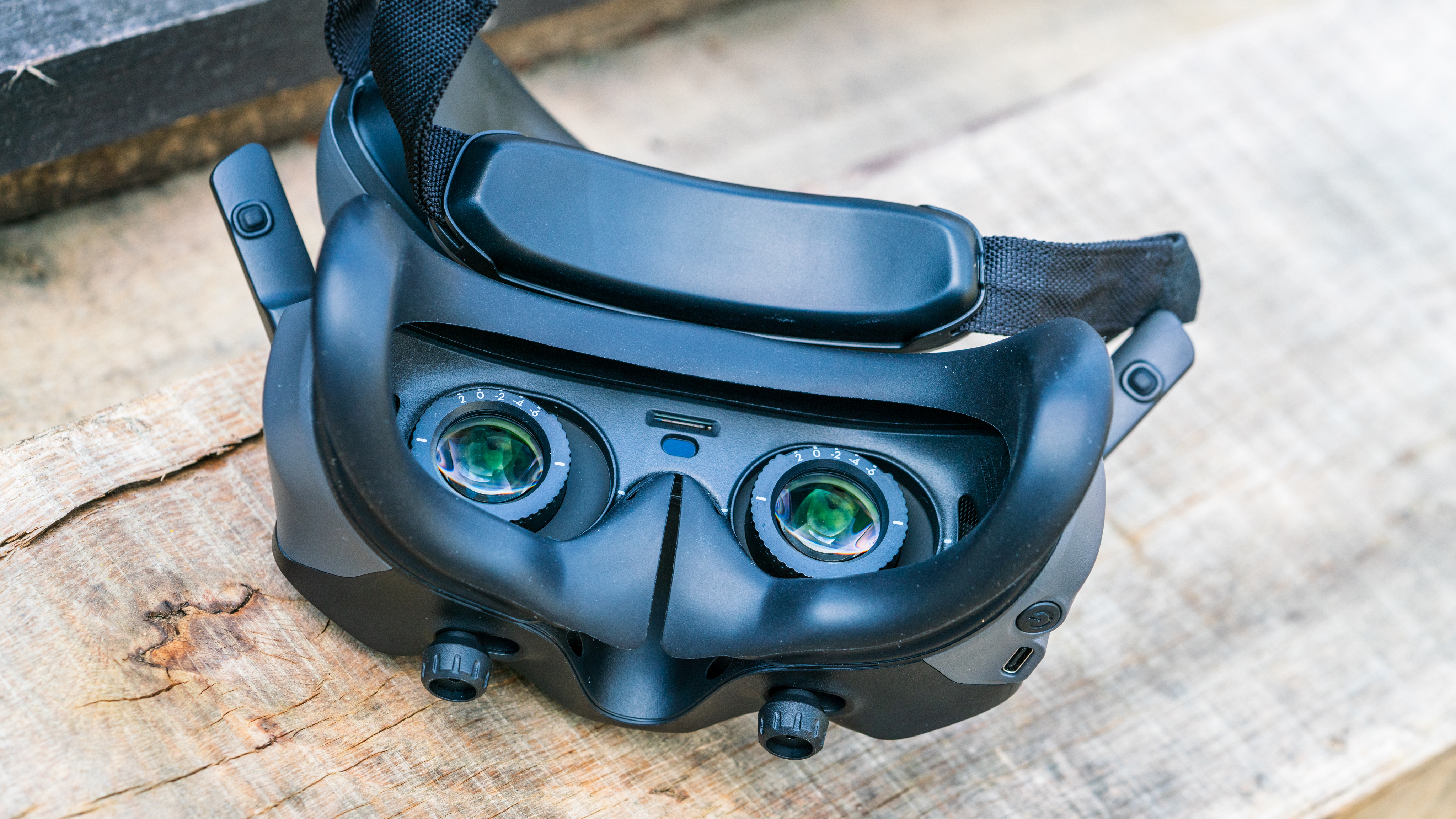
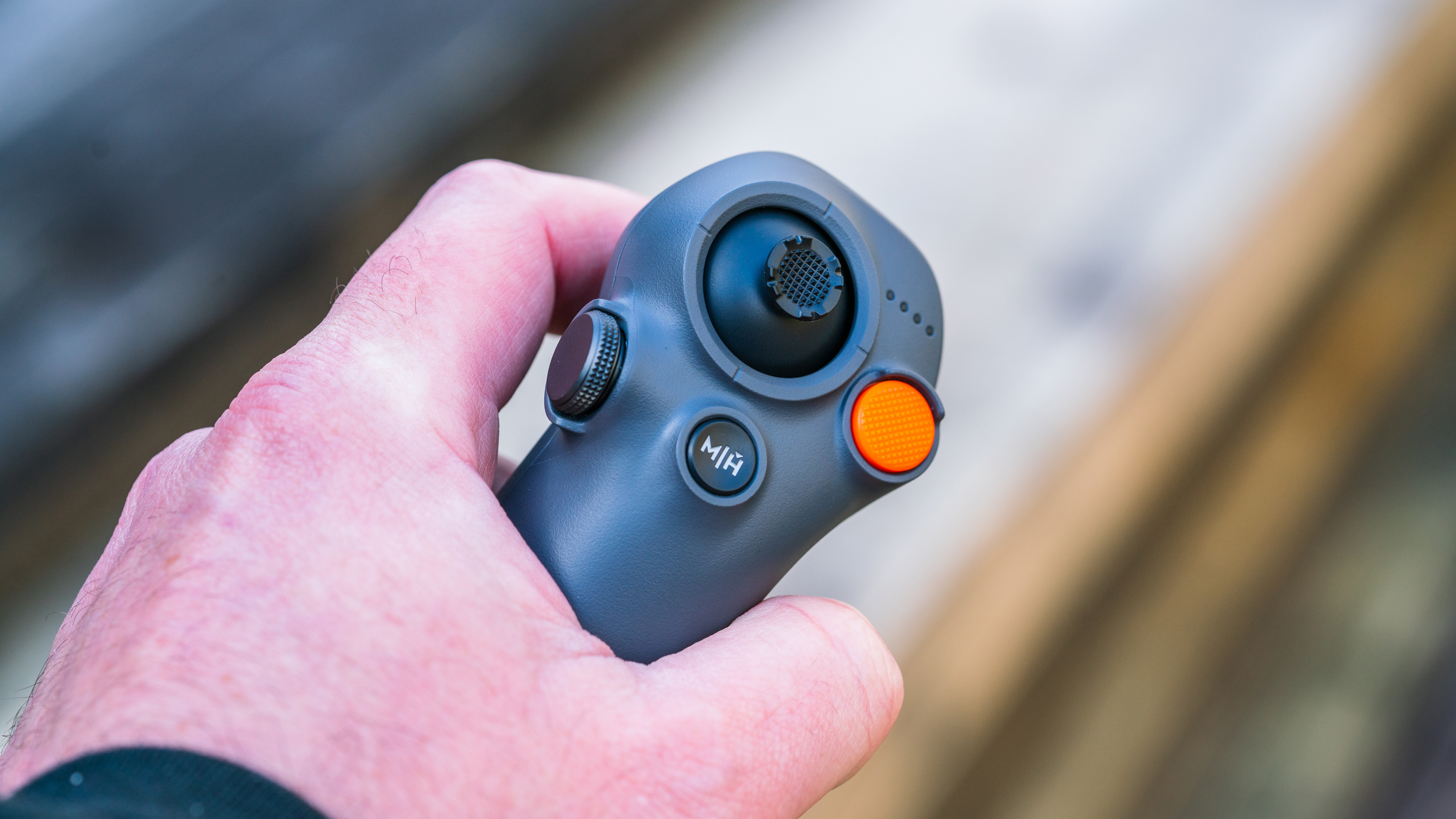
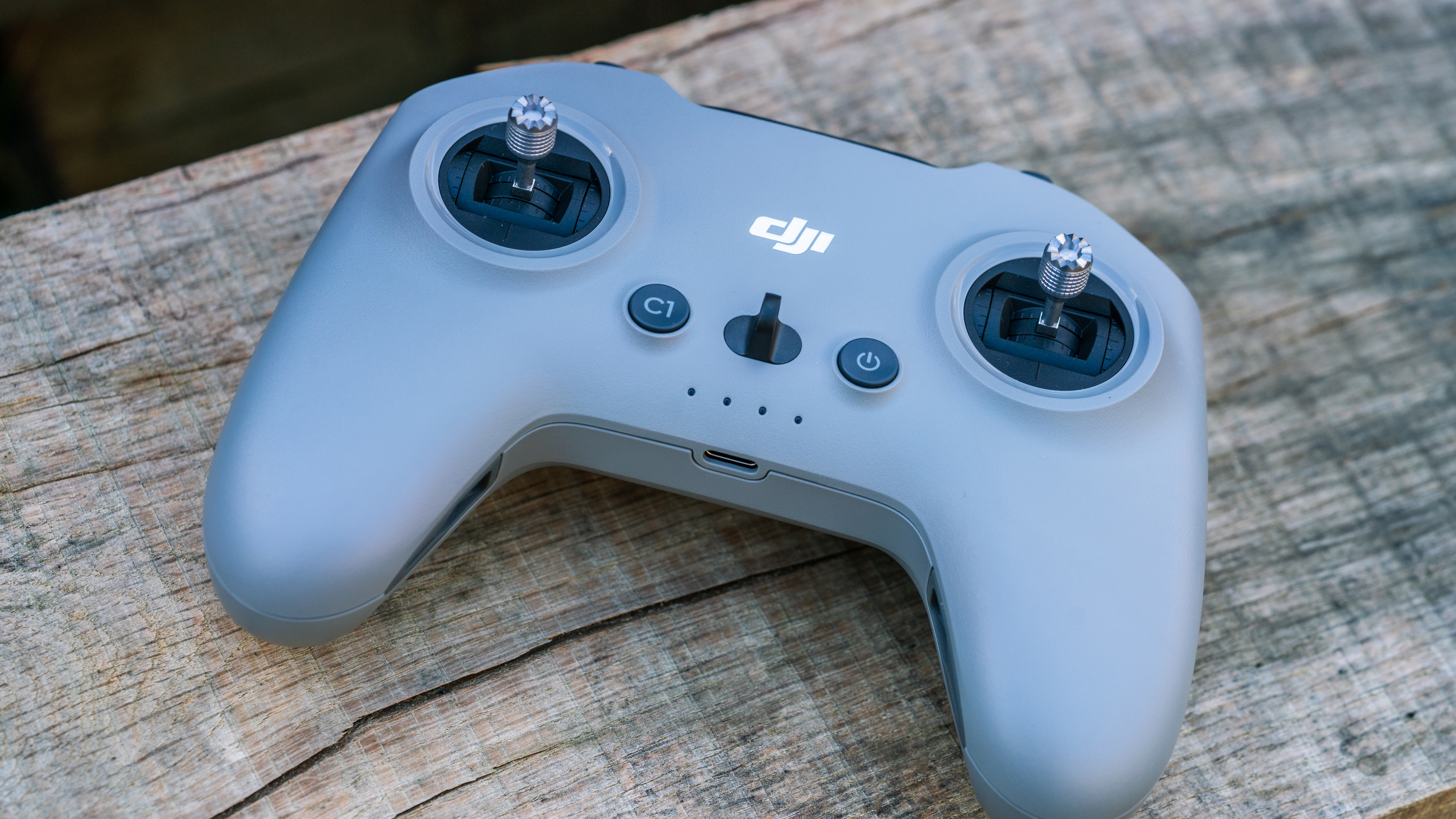
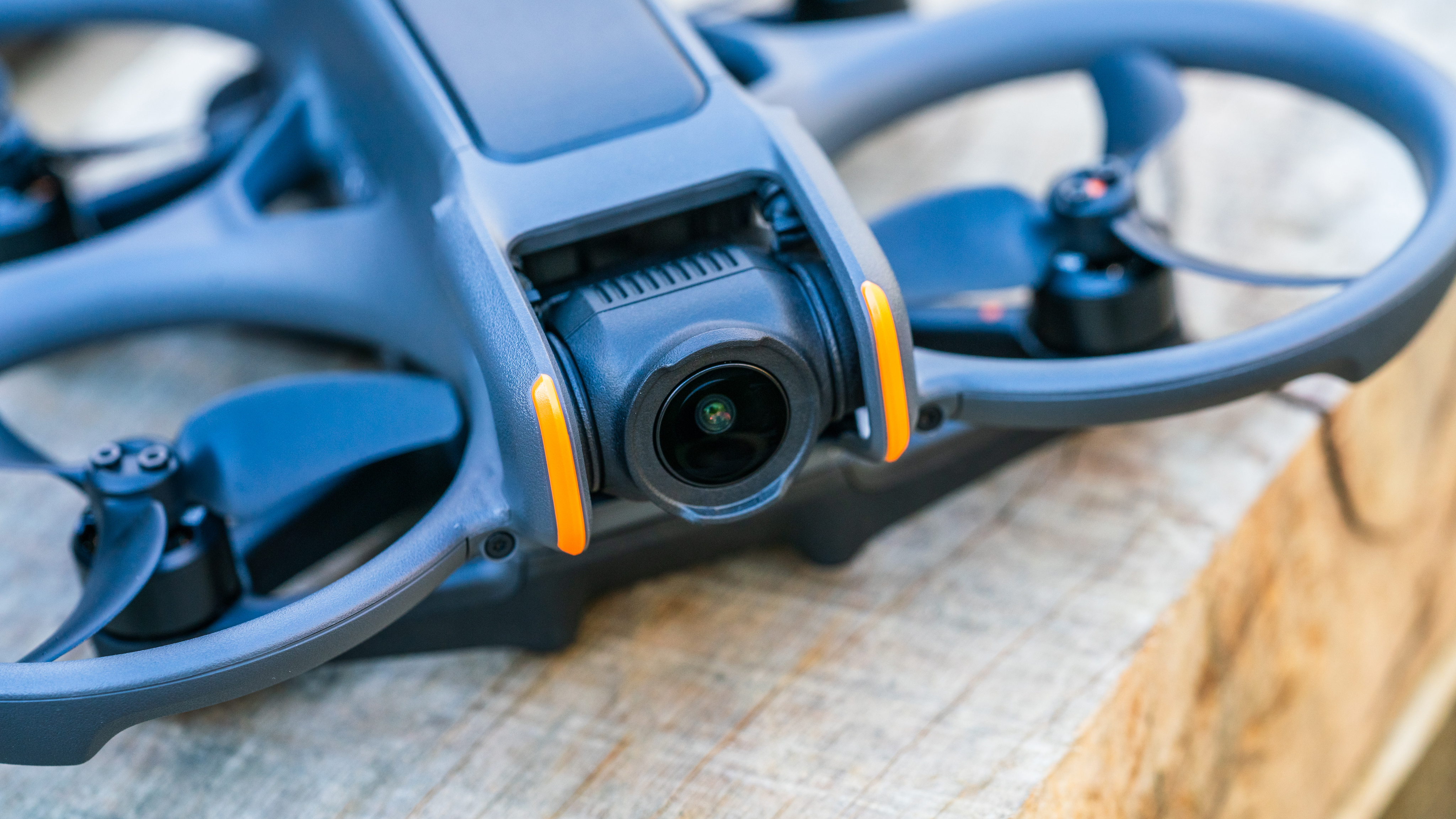
DJI Avata 2: Design and controller
- Complete redesign of the Avata with extended wheelbase and lower center of gravity
- DJI Motion Controller 3 included and DJI Remote Controller 3 sold separately
- Weighs 1.06oz / 30g less than the previous Avata
The DJI Avata 2 is a complete redesign from its predecessor, with a longer wheelbase, dimensions of 7.26 x 8.35 x 2.52 inches / 184.5 x 212 x 64mm, and a flatter frame for improved aerodynamics. DJI claims the Avata 2 offers better durability and power that its predecessor, while weighing 1.06oz / 30g less. Without a battery it’s surprisingly lightweight, and how well it can withstand repeated crashes remains to be seen, although such mishaps can be largely avoided by opting for to use the built-in obstacle detection and avoidance. It’s perhaps worth saying that this was never designed as a freestyle FPV drone – it remains a cinewhoop with ducts.
In the UK the Avata 2 can be flown by the operator using HD goggles as long as they have a spotter with them who can keep visual line of sight of the drone at all times. Our article about where and how you can fly FPV drones explains more, or you can refer to the CAA website for more information on UK drone laws, the FAA website in the US and the CASA website in Australia.
The Avata 2 is powered by a 2150mAh battery that allows for up to 26 minutes of flight when slowly cruising on a windless day; should you fly manual and perform loops and rolls on a more windy day, your flight time will be reduced considerably, although endurance is still good. This is particularly useful for those using this drone commercially, as it allows them to concentrate on the task at hand without having to constantly worry about battery exhaustion and fear of missing that key moment.
Two controllers are available: the new DJI Motion Controller 3 is included with the Fly More Combo, while if you prefer a gaming-style controller the DJI Remote Controller 3 is available separately.
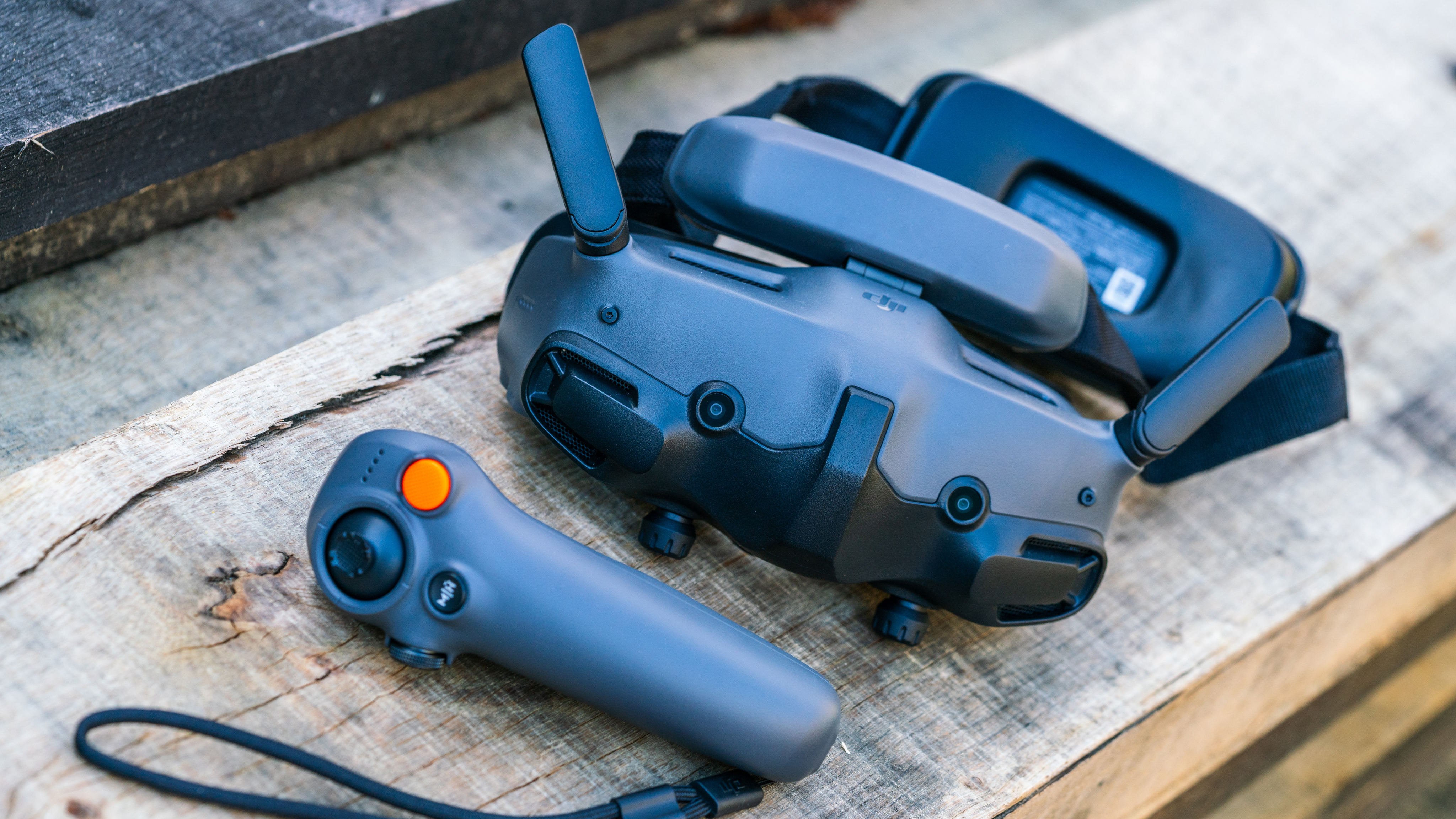
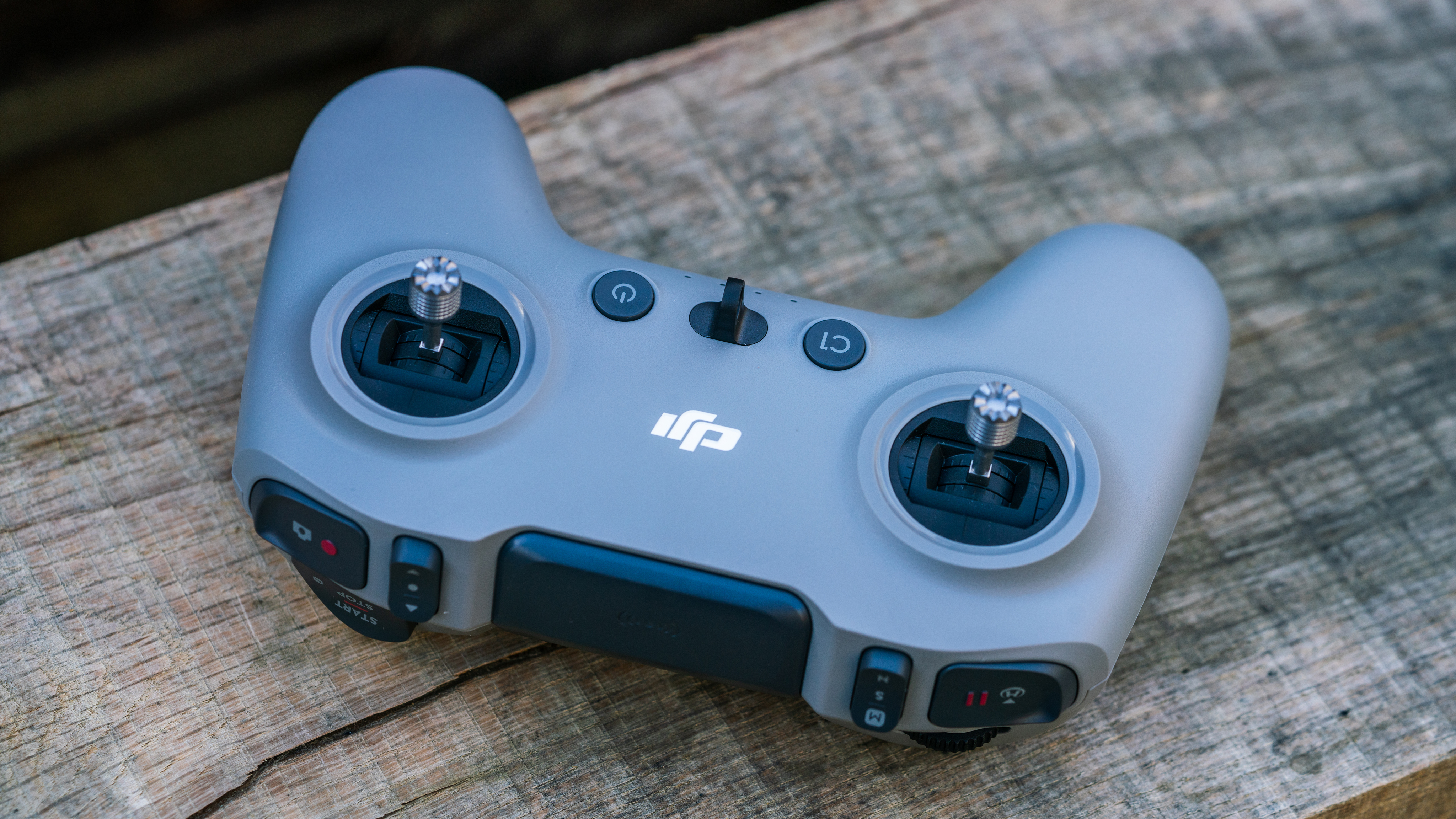

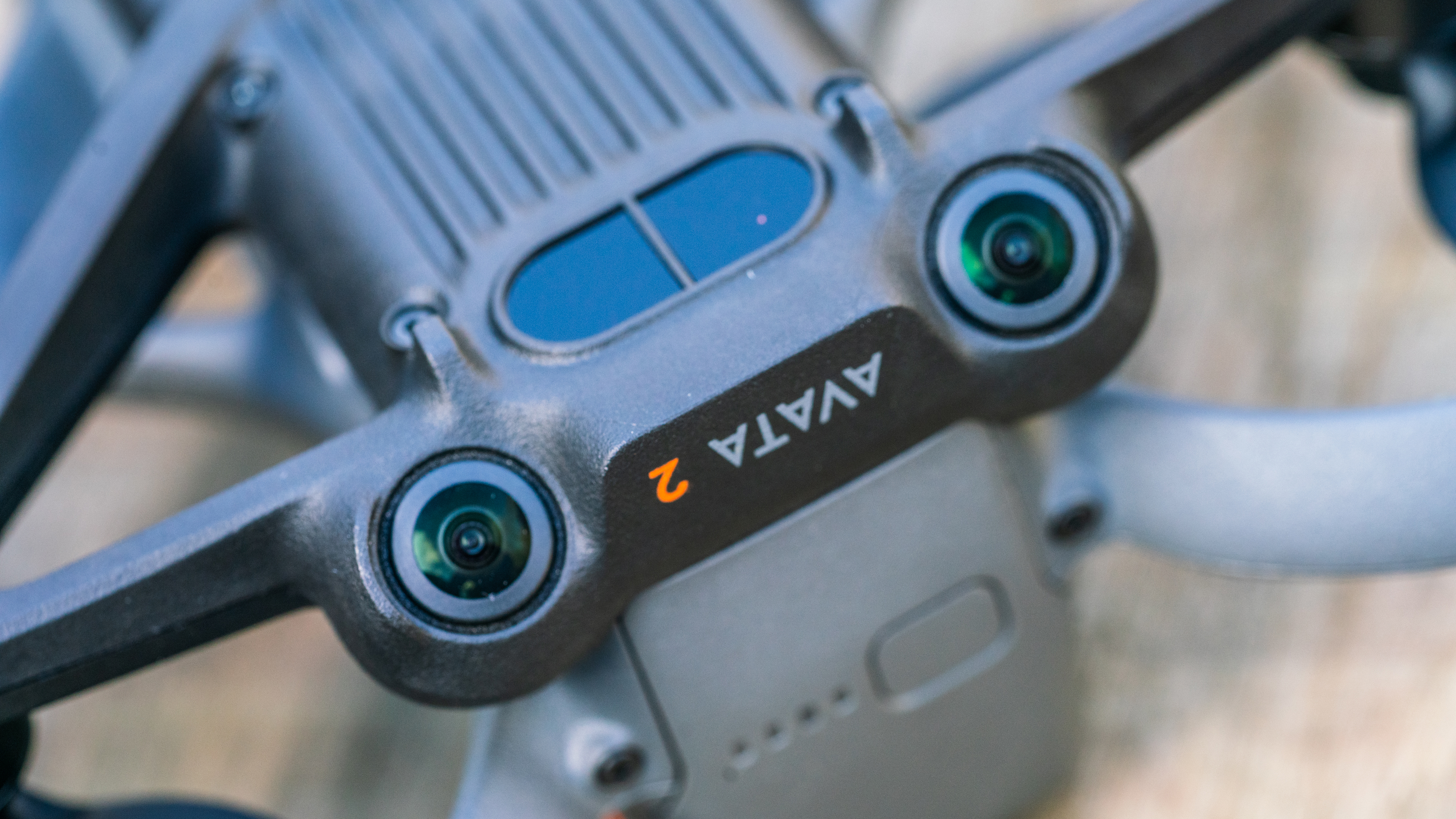
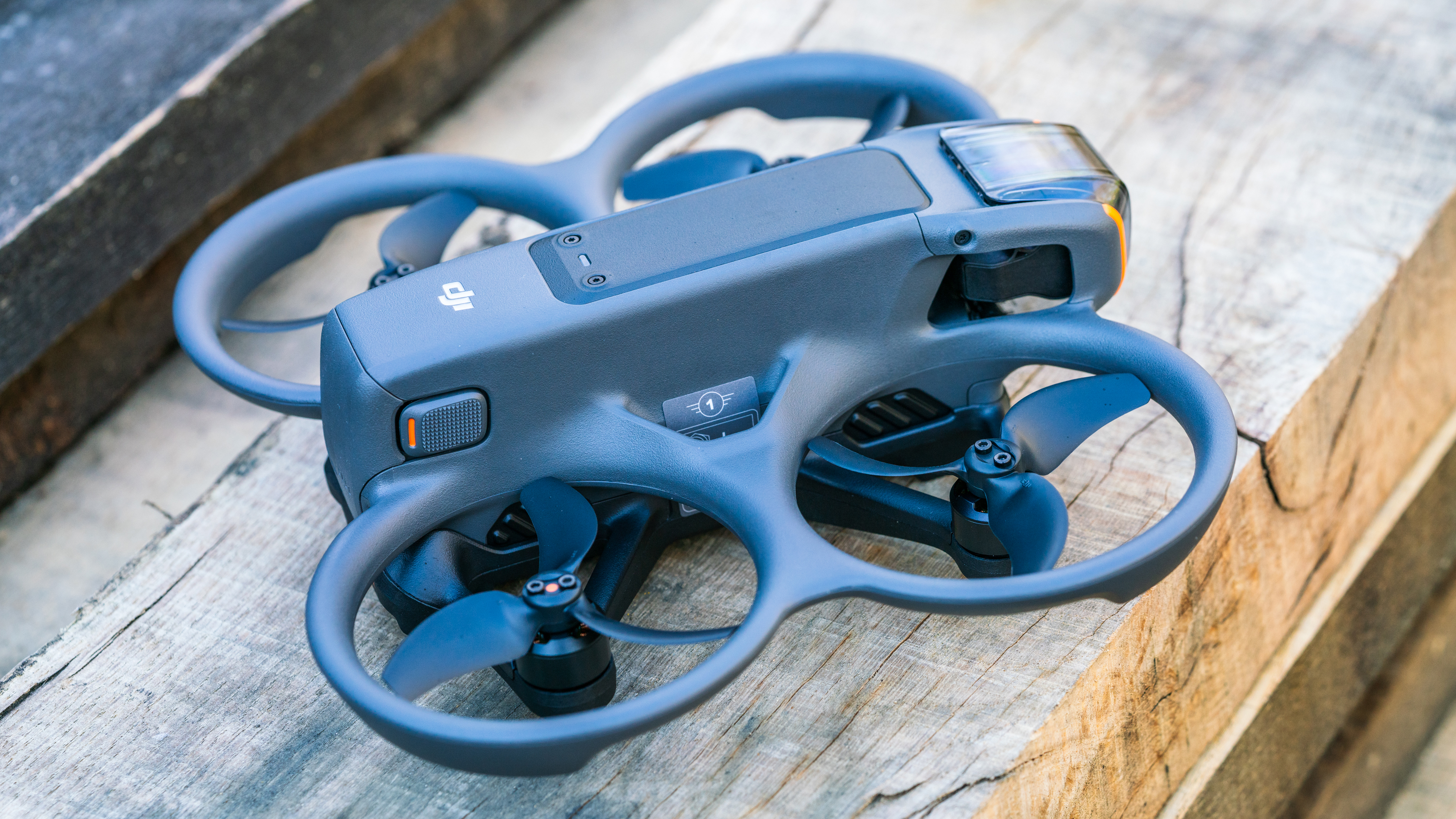
The DJI Motion Controller 3 is an intuitive way to control your drone, and allows users with no experience to immediately fly in a reasonably precise and controlled way. For more experienced pilots, though, this can feel like a less attractive option than a gaming-style controller, which offers full control in manual mode to let you execute aerobatics. Which you choose will depend on your level of skill and experience, and how adventurous you feel, as well as the applications you plan to use your FPV drone for. For example the DJI Motion Controller 3 could prove very useful for flying in confined environments, such as for indoors real-estate tours.
DJI has added ‘Easy Acro’ to this controller, a simple solution for anyone who’s less comfortable with aerobatics that enables them to perform flips and rolls at the push of a button. It’s a feature that should particularly appeal to novice pilots.
Unfortunately, the design will frustrate left-handed users – it’s built for right-handed users, and it’s impossible for a left-handed person to press the record buttons while flying.
The DJI Remote Controller 3 replaces its predecessor, but unfortunately its ergonomics are not the best for anyone flying in manual mode – if you’re a pilot who ‘pinches’ the gimbals on the remote to control your drone, the handling is quite awkward and distracts you from the task of flying.
DJI Avata 2: Features and flight
- Downward and backward visual positioning
- Lighter and less noisy than the previous Avata
- O4 ultra-low latency video transmission system
Like its predecessor, DJI Avata 2 brings FPV flight to the masses, allowing everyone to enjoy this normally very challenging and technical hobby. You can now start flying straight out of the box after a quick setup process, and be immersed in your flight thanks to DJI Goggles 3.
So what else makes this new iteration worth buying?
First of all, the full redesign compared to the first Avata means this drone is quieter – while not quiet, it will still attract a lot less attention than the ‘screaming’ Avata did. It also features a longer wheelbase (frame size) and a more aerodynamic / flatter design, which results in better flight performance.
One of the main reasons to buy the Avata 2 over its predecessor is the huge jump in video quality. Until now, whether you flew the Avata or the DJI FPV, the video lacked dynamic range, with very dark shadow areas lacking detail. The O4 ultra-low latency video transmission system proves to be a huge leap not only for the footage captured, but for the footage displayed in the new DJI Goggles 3. It’s very crisp, and not only does it look good, it helps greatly when it comes to avoiding hard-to-spot obstacles such as thin branches and power cables.
The DJI Avata 2 features three flight modes which can be selected through the DJI Motion Controller 3 or the DJI Remote Controller 3: Normal, Sport, and fully Manual (which is only available when using the DJI Remote Controller 3).
Normal mode selected on the DJI Motion Controller 3 offers the most safety, and most relaxed flying experience. You can fly with extreme precision, and even reverse, which is not common in the FPV world. It’s perfect for beginners – in fact, someone who’s never flown a drone before should be able to start flying in this mode immediately with minimal help. This is the mode you’ll likely want to use for flying indoors or in very tight spaces.
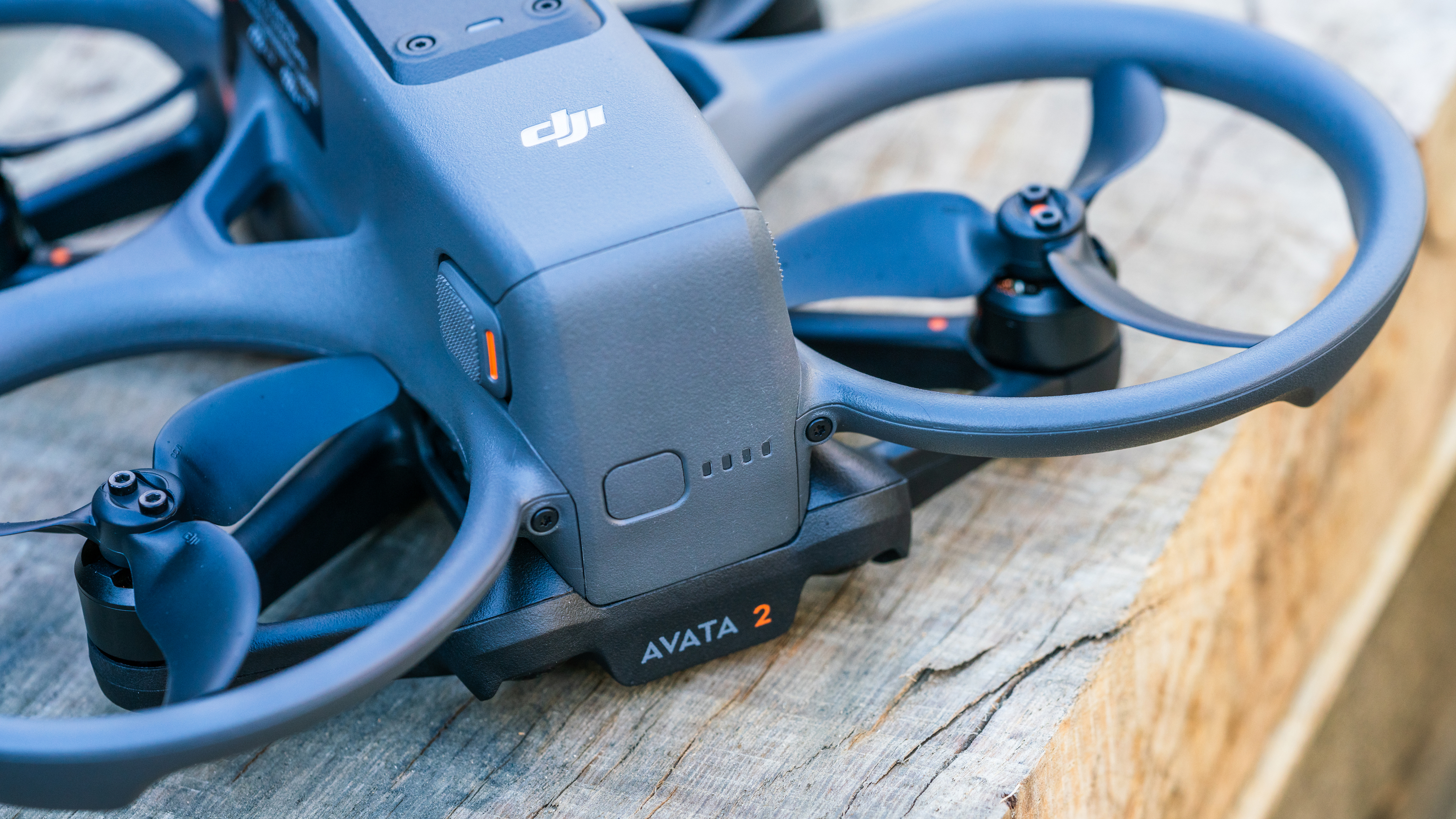
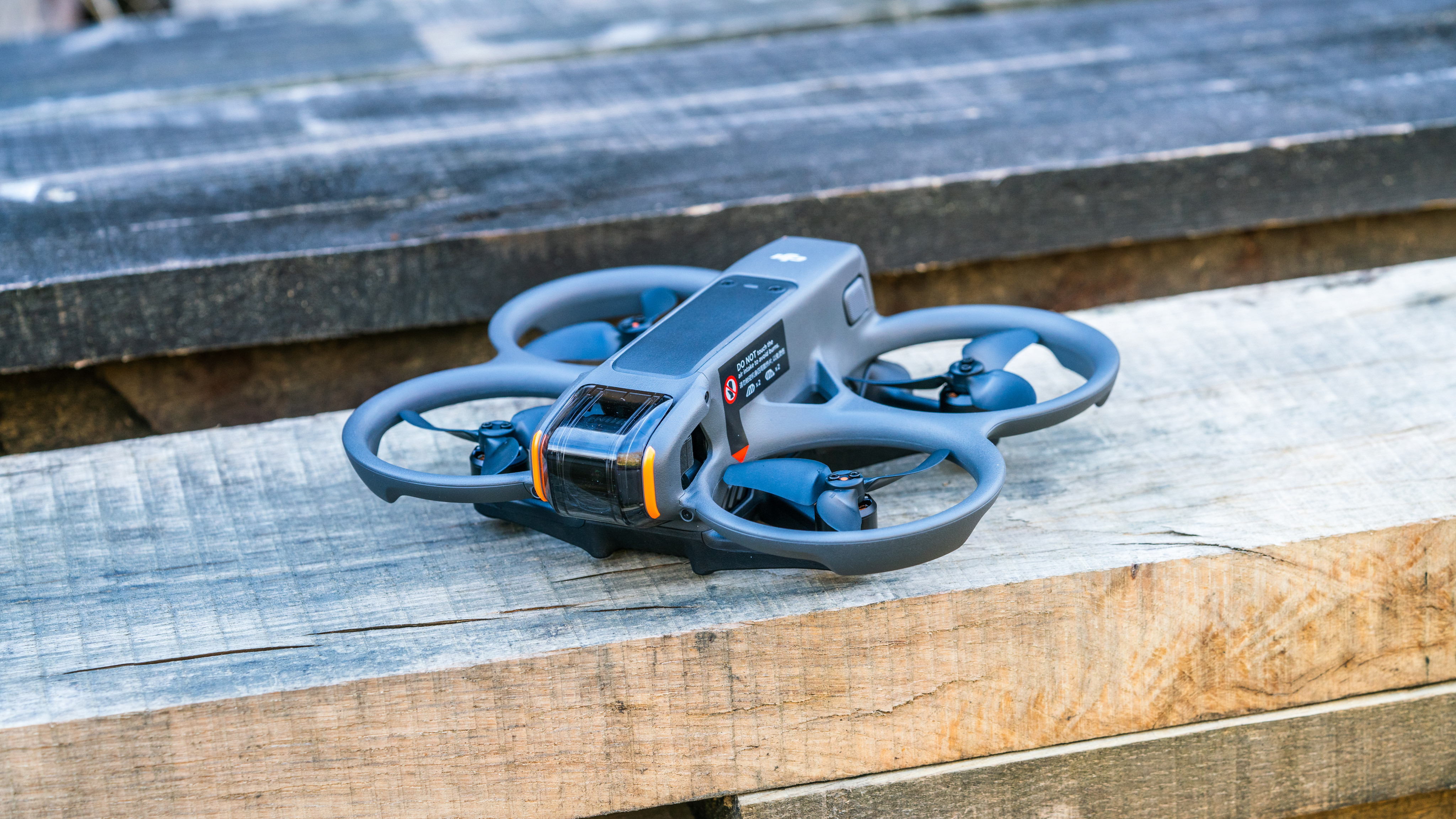
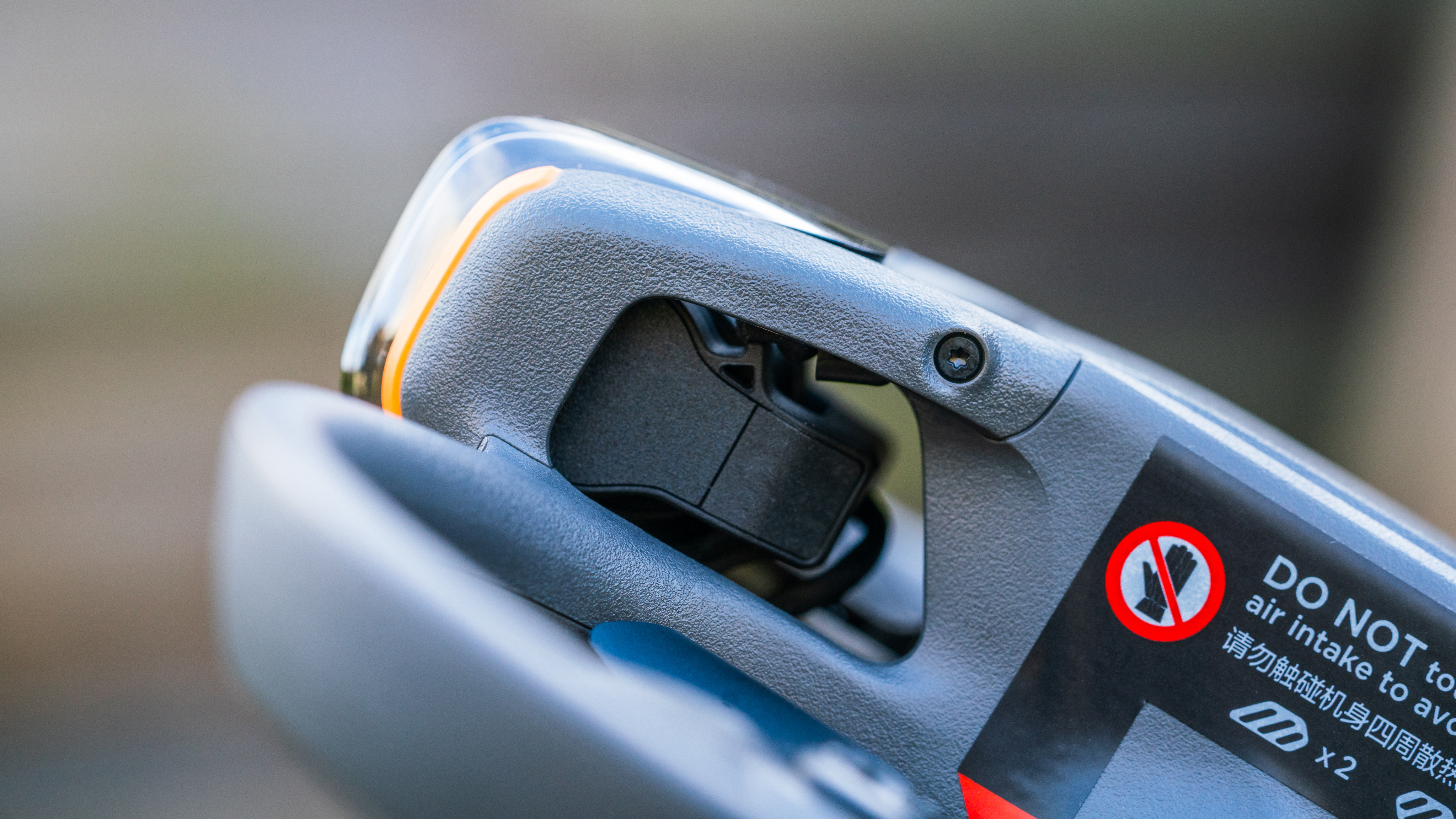
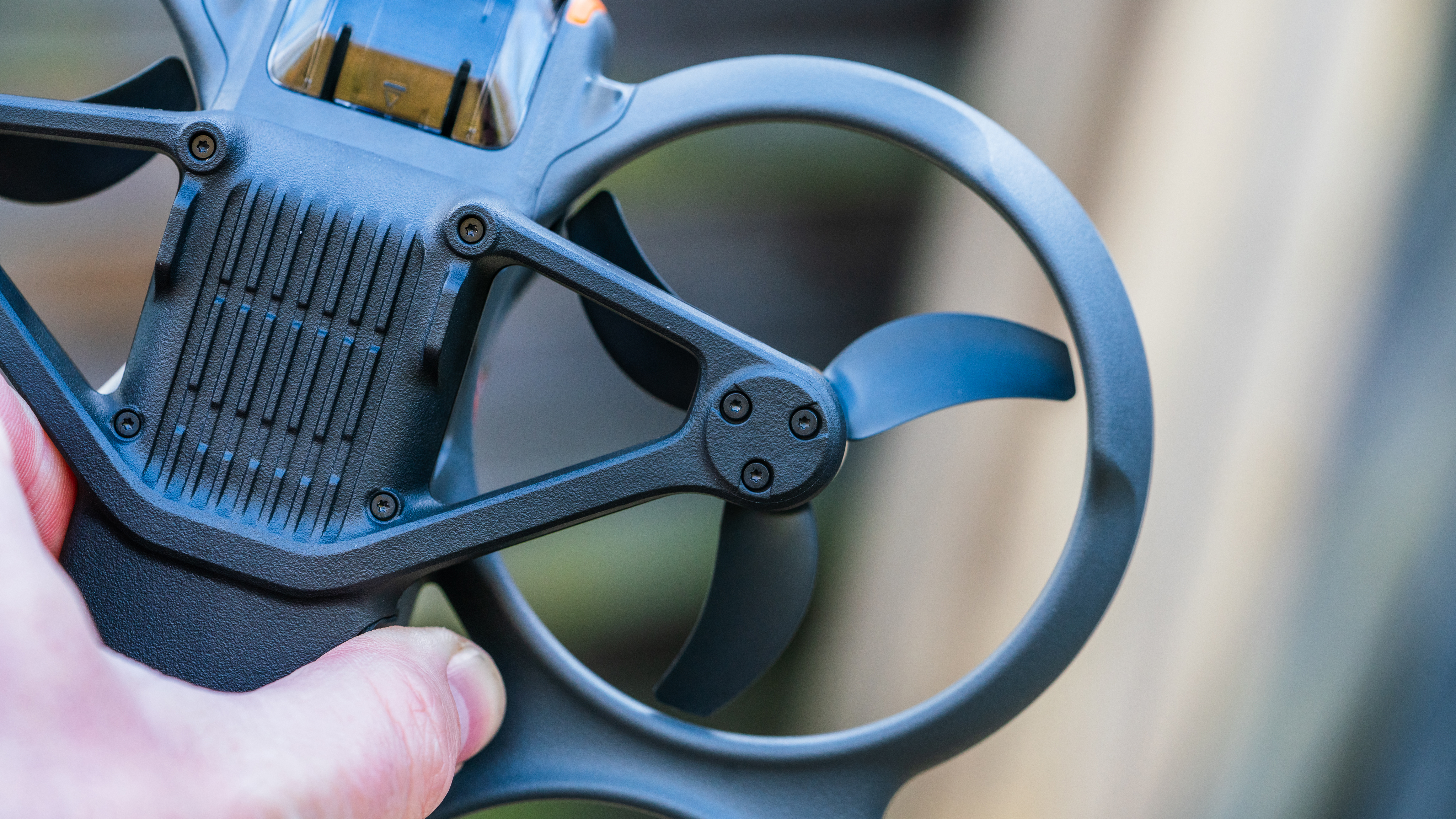
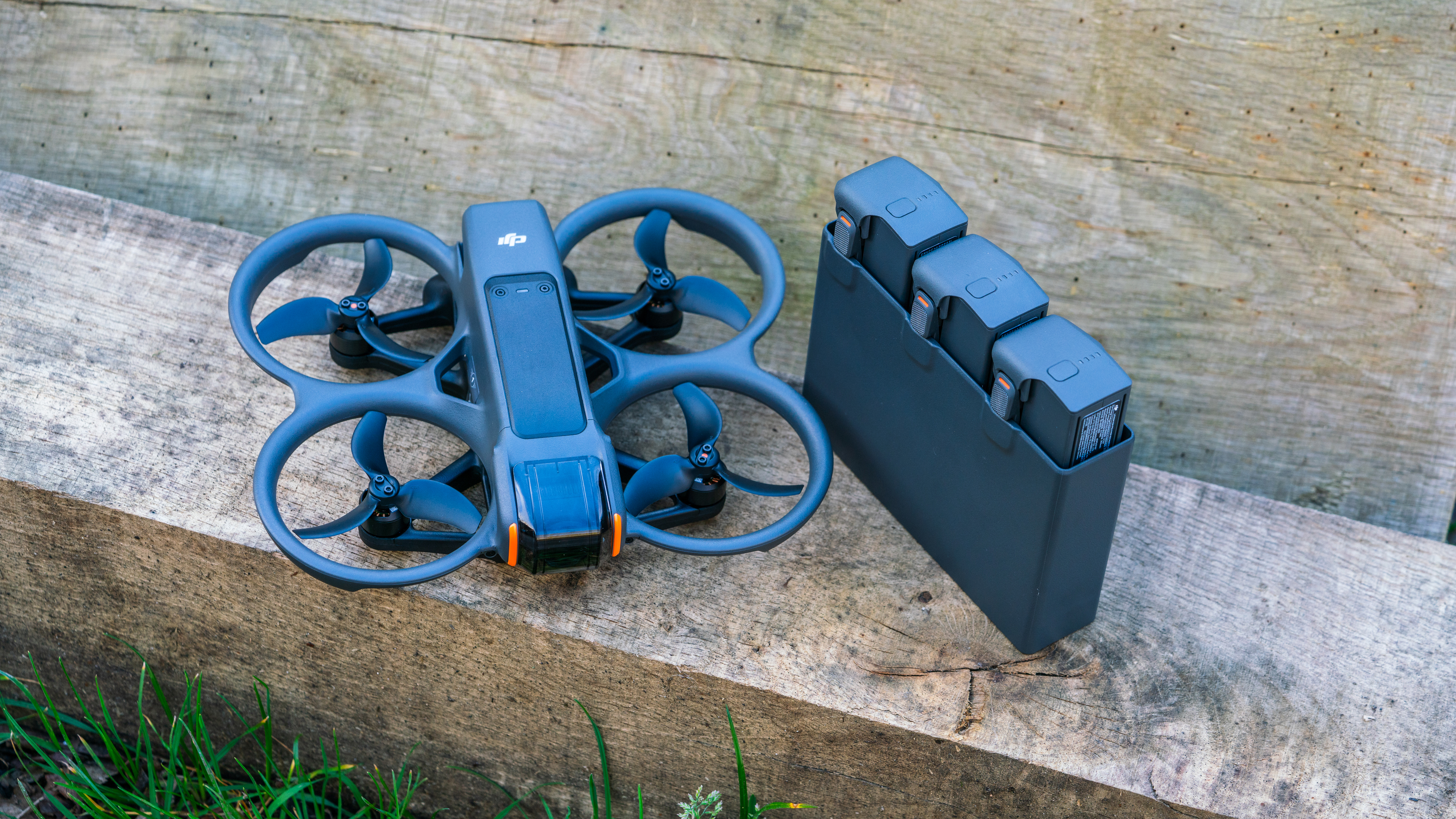
Sport mode is for those who want to feel more of the thrill of FPV flight, with higher ascent, descent and forward speeds, and no obstacle avoidance.
Then there’s full manual mode, which is only available with the DJI Remote Controller 3 (sold separately), and is only intended for trained FPV pilots, as it removes all flight assistance and stabilization. You’re fully in control, and are free to fly, dive and perform aerobatics like a bird. If you’re not flown in this way before you’ll need to spend some time using an FPV flight simulator, otherwise you will most certainly crash at the first attempt.
The video in this article was filmed in full manual mode, in a single flight without cuts, so that you can get an idea of the Avata 2’s potential when unleashed. Acceleration, deceleration, flying high but also at very low level, flying through tight gaps, performing loops and flips… you can do it all. This is not a freestyle drone, but it’s fun to see how far it can be pushed.
What I’ve learned from flying FPV drones is that it’s about compromises, and establishing what you want from a drone, and choosing the one that’s right for you. It’s similar to choosing a car in some respects – one person might prefer a model that’s safe, solid and dependable, while another may feel the need for speed.
The first DJI FPV was released in 2021, and it was the drone that got me into FPV flight. I’m thankful that DJI introduced it, giving total newbies the opportunity to try FPV and see if it was for them. However, after learning to fly in full manual I quickly decided that I needed a more robust carbon fiber frame and ‘traditional’ DIY FPV, because I like to perform some level of freestyle aerobatics which inevitably lead to crashes – and some very hard crashes. I must have crashed 200 times in the past year with minimal damage to my quadcopter, and I also think such drones fly better.
Having been flying self-built quadcopters, I have to say that I don’t have as much fun when returning to FPV DJI products – they don’t fly as well, and they won’t survive multiple crashes. In fact, when I flew the Avata 2 in full manual mode it felt like I was constantly fighting the drone – it was not tuned as well as I’d like, and compared to my daily carbon fiber FPV quadcopter I found the flight more stressful.

But as I’ve said, FPV is all about compromises. Does my FPV quadcopter have GPS? No it doesn’t. Does it have obstacle avoidance? No it doesn’t. Does it offer generous flight time? Nope. Does it return to home at the press of a button? It doesn’t.
The FPV world is diverse, and this allows people of all aspirations and skill levels to find what’s right for them. I’m constantly tinkering and repairing, soldering components onto my FPV quadcopter; it can be a real headache, but it’s also part of the fun. However, that’s not something everyone wants or has time to do, and that’s the problem DJI solves.
So while the Avata 2 may not be for the most advanced FPV pilots, it’s fabulous for those who want the safety of the GPS and return-to-home functions, object avoidance sensors, and the safety of the ‘panic button’ which immediately slows the drone to a hover if things get too hairy or overwhelming. It has long flight times, allowing you to explore more and immerse yourself deeper, thanks also to the stunning O4 video transmission paired with the Goggles 3.
Did I also mention that it’s cheap? The price is incredible considering that you get everything you need to fly, and the drone, goggles, and remote are the latest technological advances in the drone world.
DJI Avata 2: Image and video quality
- O4 Video transmission system with improved dynamic range
- 1/1.3-inch CMOS sensor
- Up to 4K 60fps video
I tested the video quality, and I can say that it’s as good as it gets, and the best you can currently get within the FPV world without having to rely on GoPros or external cameras.
Unfortunately I wasn’t provided a set of ND filters for my review testing, so keep that in mind when viewing my footage, as ND filters are key to obtaining smooth footage with the right amount of motion blur, especially on bright sunny days. I still think the quality of footage is fantastic, though, especially the dynamic range and the balance between dark shadow areas and brightly lit skies.
The ability for the camera to be tilted during flight is another advantage of choosing DJI’s drones for FPV flight. The Avata 2 can be tilted from -95 to 90 degrees, allowing the user to look up or down, and anywhere in between.
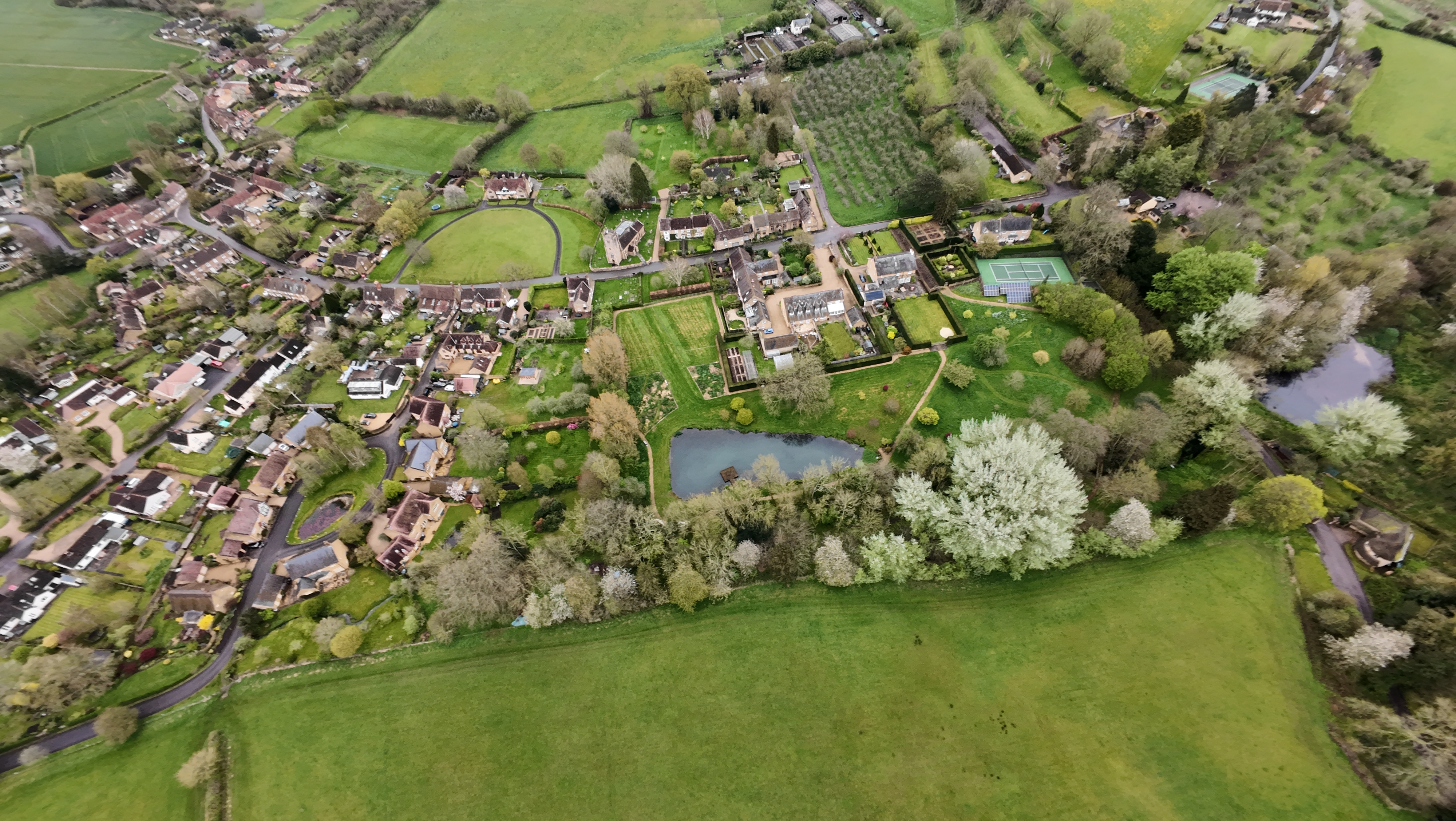
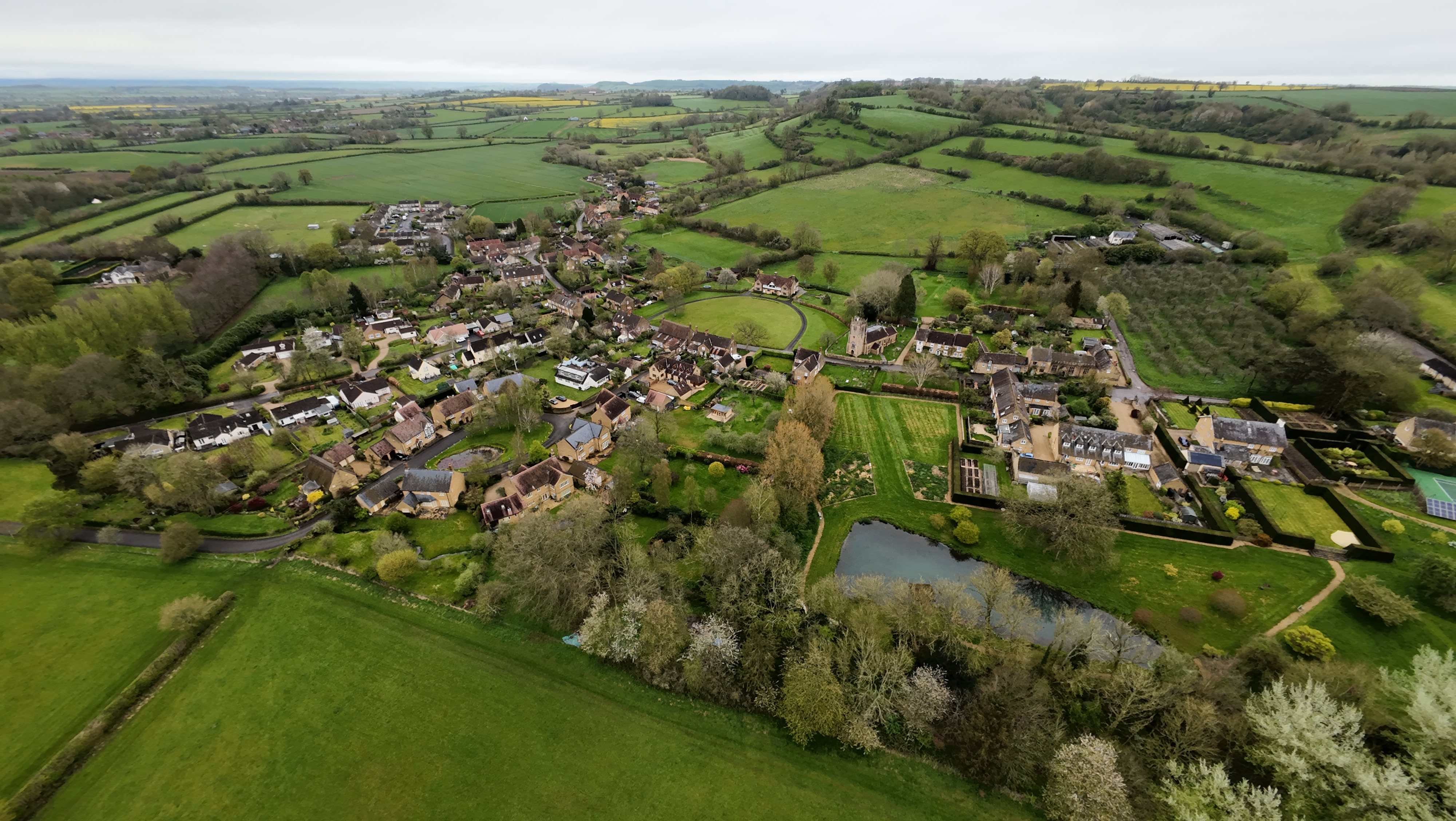
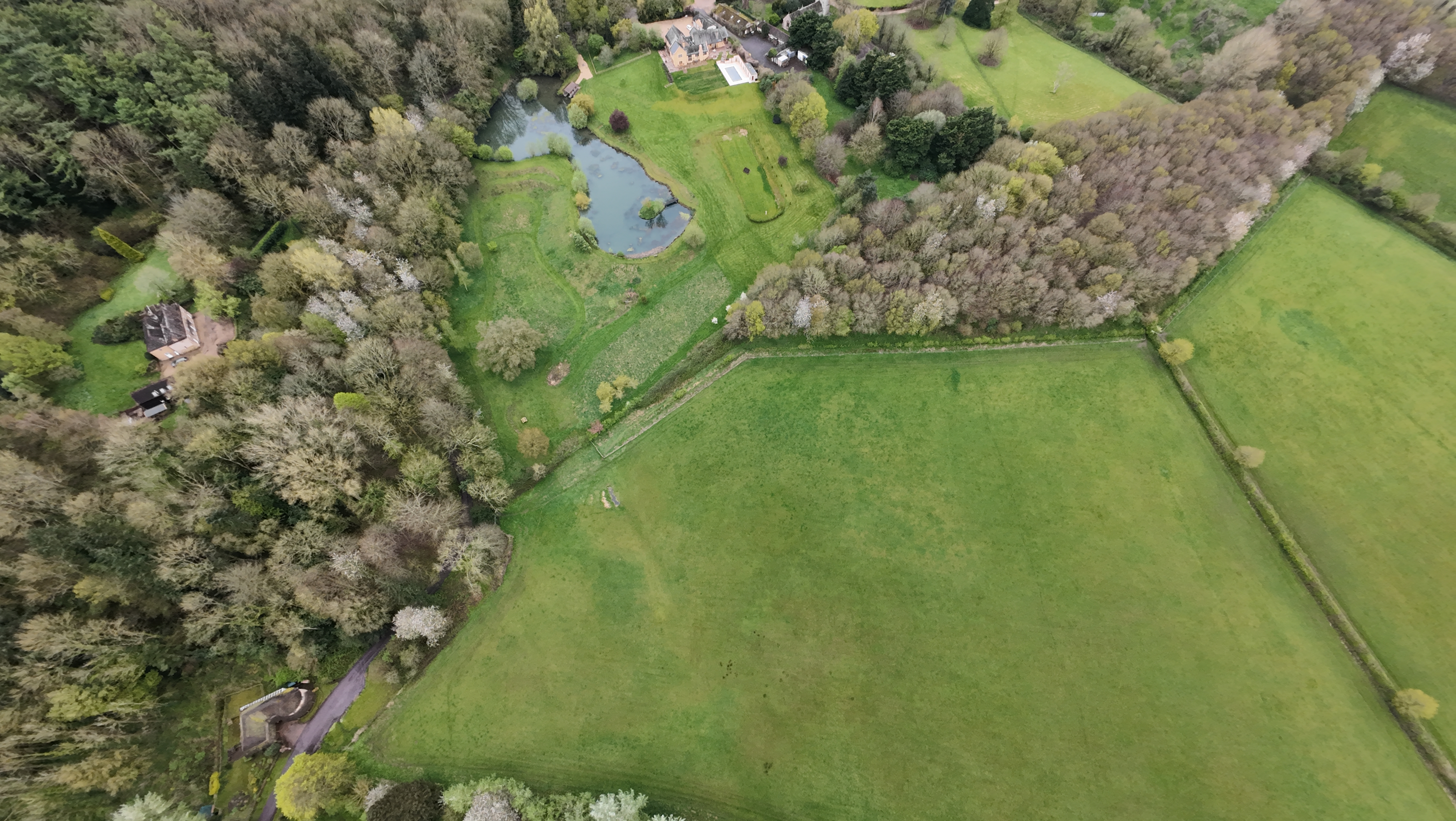
The Avata 2’s 1/1.3-inch image sensor offers 12MP of effective pixels at a fixed aperture of f/2.8, and with a field of view of up to 155 degrees it supports standard, wide-angle and super-wide-angle modes. While you can take perfectly good photos with the Avata 2, it remains a drone focused on video, and those who only intend to shoot photos may want to consider one of DJI’s camera drones instead.
The DJI Avata 2 shoots up to 4K at 60fps, all the way down to 1080p at 120fps, at up to 130Mbps. You can shoot footage in standard mode if you want to use it immediately, or D-Log M if you want to capture more detail and have the ability to color-grade your footage in editing software for more control over the final look of your footage.
DJI Avata 2 Video sample
The Goggles 3 provided in the Fly More Kit are mostly excellent – they fit very well, with minimal light leaks, and they’re comfortable, light and compact. Equipped with dual 1080p Micro-OLED displays boasting a refresh rate of up to 100Hz and certified for low blue light by TÜV Rheinland, they offer vivid colors and detail.
Yet I feel DJI has missed a trick here. It has incorporated two tiny lenses at the front of the goggles, enabling users to switch from what the drone camera sees to what those two lenses see in front of you with a simple double tap, without the need to remove the goggles. I doubt this would legally remove the need for a spotter as you still can't both fly your Avata 2 and look at your drone from afar as a spotter would. Unfortunately the angle of view is not the same as human vision, and it makes it awkward to do anything without removing the goggles anyway.
DJI has incorporated a new forehead support linked to the goggles via a small hinge. Initially I thought: “This is genius, I can now flip the goggles up using the hinge without the need to remove the goggles altogether”. Sadly, though, this hinge only allows for small fit adjustments, and not a full lift of the Goggles, which would have been such a useful feature.
Should I buy the DJI Avata 2?
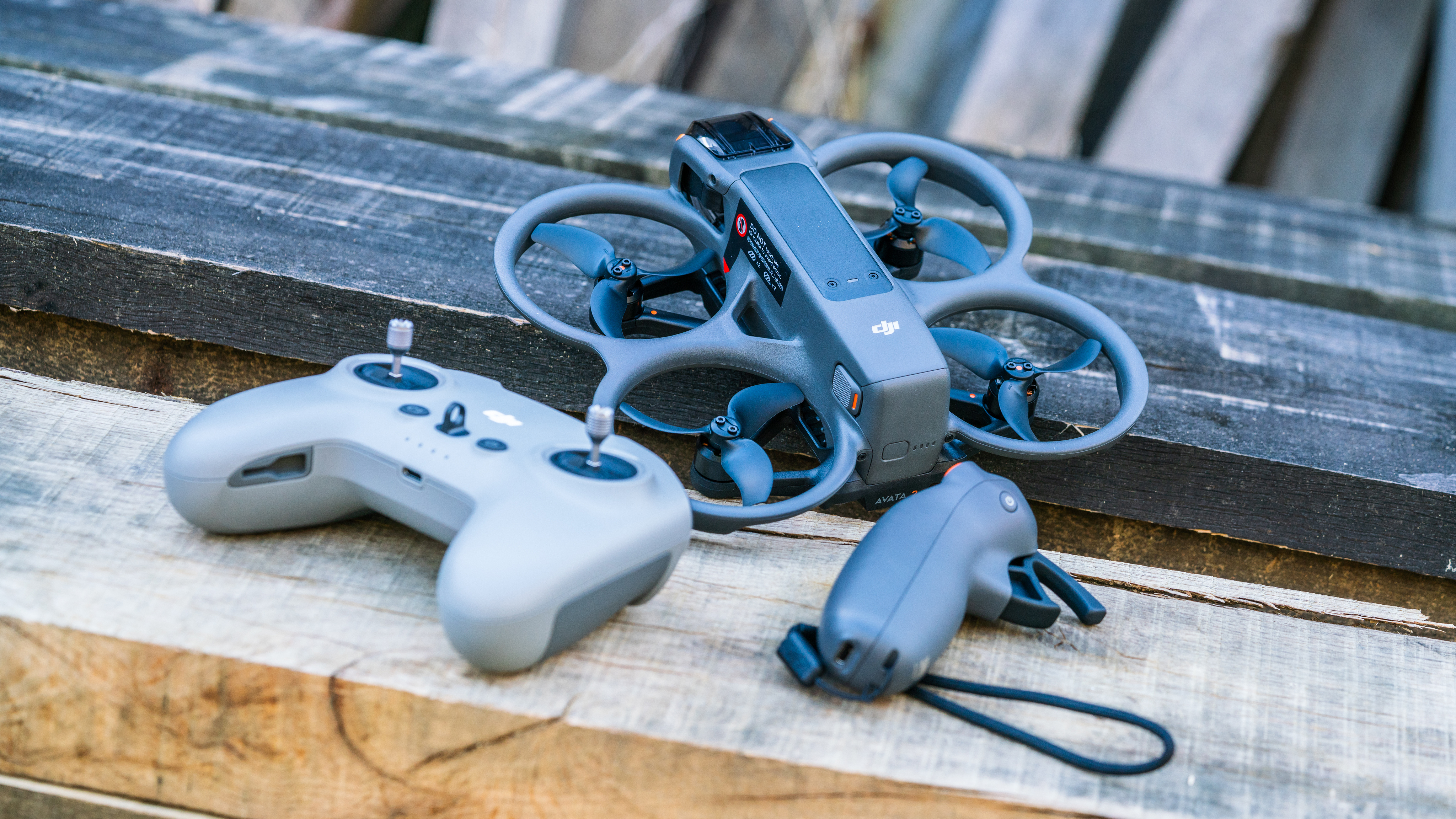
Buy it if...
Don't buy it if...
How I tested the DJI Avata 2
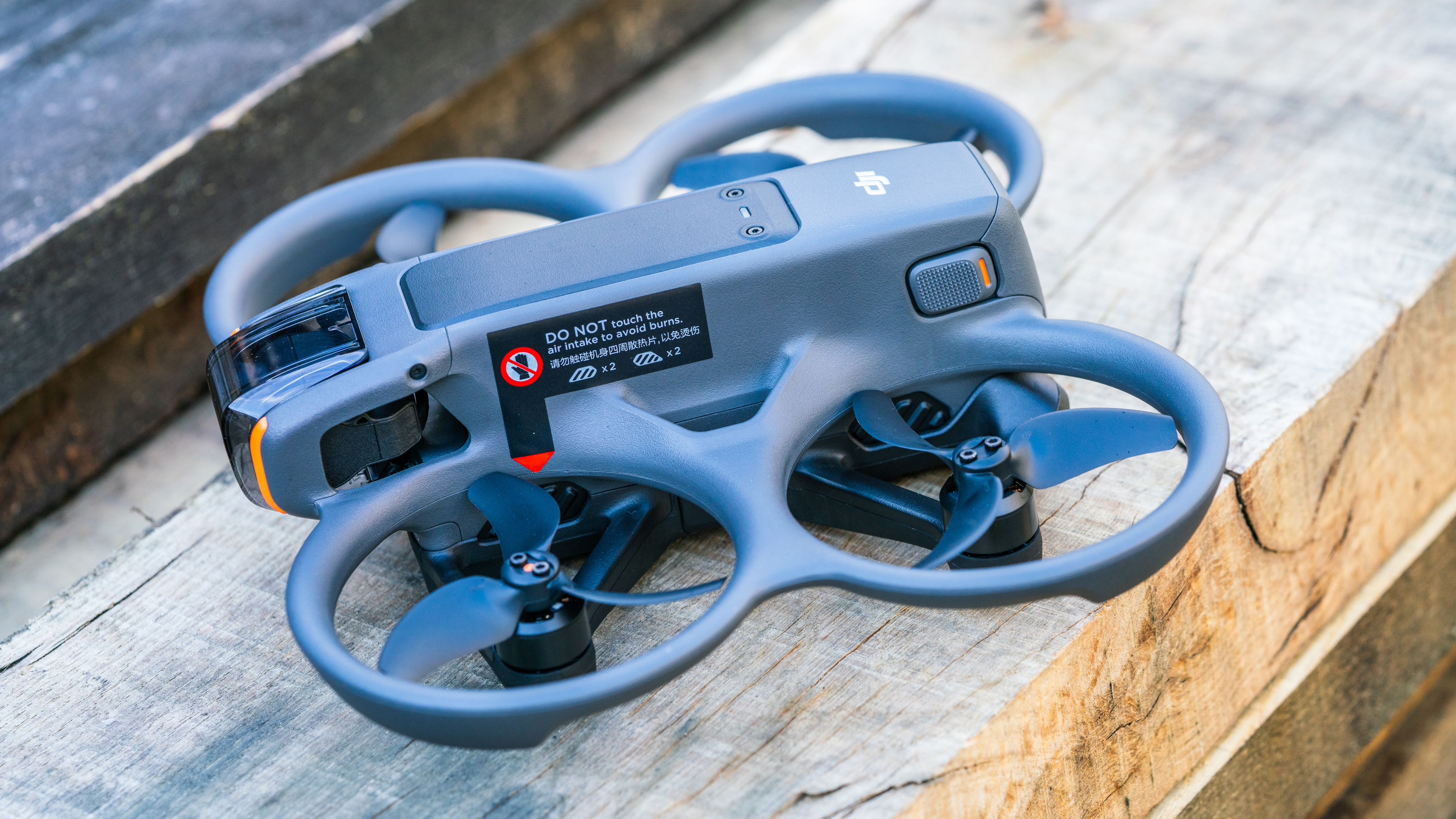
I tested the DJI Avata 2 over the course of a couple of weeks, starting by flying in Normal mode with the DJI Motion Controller 3, then moving onto the Sport mode, and finally – and my personal preference – flying in fully manual mode using the DJI Remote Controller 3. While this is not a freestyle drone, it is considered a cinewhoop, and I wanted to test its ability to perform light freestyle maneuvers, from very low to the ground to high up, and from flying fast to slowing right down, and testing the ability to fly through various gaps, all in an environment I’m familiar with and in which I’ve flown many other FPV drones.
Testing was done on private property with multiple spotters, away from people and buildings, and in compliance with local aviation laws and restrictions to ensure that all flights were safe and legal.
I’ve been flying camera drones since 2014, and since 2022 I’ve been flying FPV quadcopters, which has been incredibly fun and very challenging. I fly a multitude of different drones, from sub-100g tinywhoops to carbon fiber freestyle drones, but also camera drones for the variety of creative opportunities they offer. I fly four leading brands of drones, and have no affiliation to any of them, so I’m able to produce impartial reviews to help others make informed buying decisions.
First reviewed April 2024
0 comments:
Post a Comment